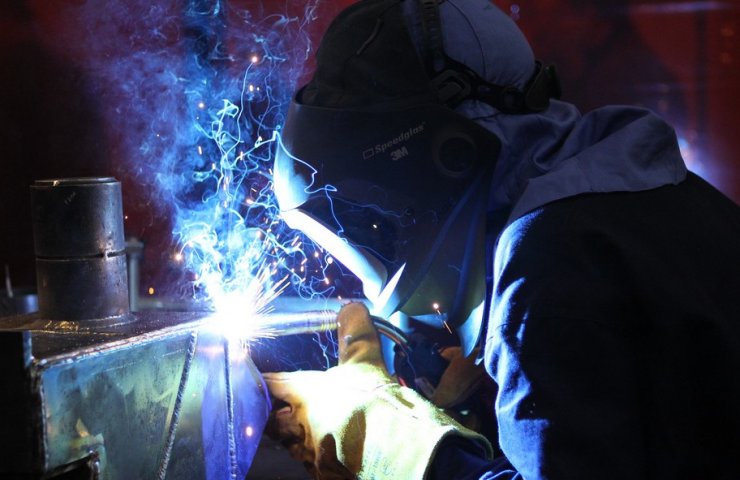ArcelorMittal has developed welding and mechanical joining technologies for advanced steel and sandwich parts
The advancement of modern high strength steels (AHSS) has presented equipment manufacturers with unique challenges in joining materials. With the advent of multi-component parts, these problems are compounded. ArcelorMittal Global R&D is constantly working with car manufacturers and suppliers to determine the correct connection methods and technologies for AHSS.
To address these issues, the weldability of new AHSS concepts is evaluated at the R&D laboratory level. This process begins early in the development of the AHSS brand. All new AHSS concepts are first evaluated by global R&D at the laboratory level to determine their weldability. This initial assessment allows ArcelorMittal to focus product development on grades that will be compatible with OEM processes (even if some adaptations may be required).
In the second step, before a new product is released to the market, a complete weldability test is performed. The guidelines are modified as necessary to facilitate the use of the new material by our customers. Once a new steel grade is ready for use by customers, additional support is offered to fine-tune welding parameters.
ArcelorMittal recommends using several available technologies to join AHSS:
- Other AHSS steel.
- Other materials including aluminum and composites.
- New technologies also provide new possibilities for spot welding and mechanical joining.
AHSS joining AHSS
Resistance spot welding (RSW) remains the default choice for OEMs looking to join parts made from AHSS. RSW is a mature process with excellent value for money. It is suitable for all ArcelorMittal AHSS families including Fortiform®, Ductibor® and Usibor®.
The latest AHSS on the market are RSW compatible, although some parameter adaptation is required. For example, when combining some types of AHSS, different impulse procedures are recommended.
At the same time, three AHSS sheets of different thickness and physical properties are often combined. However, due to the differences in physical properties of the grades used, welds can be difficult to weld. Again, the welding parameters must be optimized to ensure a stable welding process.
